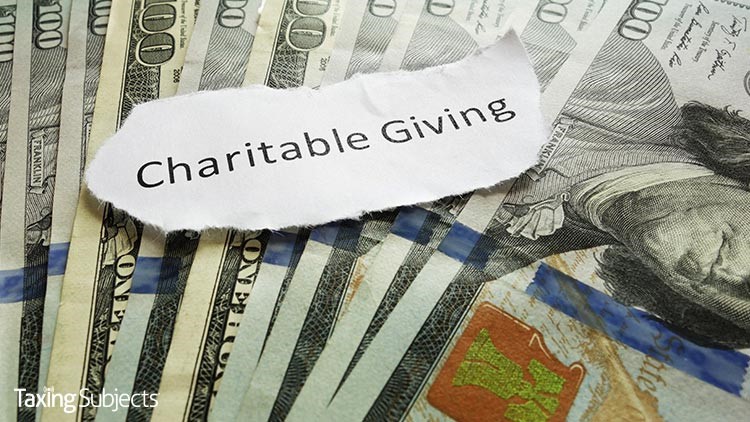New Law Hikes Deduction Limit for Corporate Cash Contributions for Disaster Relief

Thanks to recent legislation, U.S. corporations can deduct up to 100% of their contributions to relief effort for a qualified disaster. They are also getting a break on how they have to document it.
The Taxpayer Certainty and Disaster Tax Relief Act of 2020 (TCDTRA) temporarily increased the limit for corporate contributions paid in cash for relief efforts in qualified disaster areas—up to 100% of a corporation’s taxable income.
What qualifies?
The new law specifies qualified disaster areas are those where a major disaster has been declared under section 401 of the Robert T. Stafford Disaster Relief and Emergency Assistance Act.
It should be noted that any disaster declaration relating to COVID-19 is not covered.
Otherwise, it includes any major disaster declaration made by the President between Jan. 1, 2020, and Feb. 25, 2021, as long as it is for an event specified by the Federal Emergency Management Agency as beginning after Dec. 27, 2019, and no later than Dec. 27, 2020.
FEMA.gov has a list of disaster declarations.
To qualify, contributions must be paid by the corporation in the period beginning Jan. 1, 2020, and ending Feb. 25, 2021. Cash contributions to most charitable organizations qualify for the increased deduction limit. However, contributions made to a supporting organization or to establish or maintain a donor-advised fund do not.
Doing the math
A corporation chooses to take advantage of the increased limit by calculating its deductible amount of qualified contributions using the increased limit and claiming the amount on a tax return for the tax year the contribution was made.
Usual record-keeping steps apply to the deduction. Qualifying corporations have to obtain a contemporaneous written acknowledgment (CWA) from the charity. The corporation has to get its CWA before filing its return; but it has to be obtained no later than the return’s due date—including extensions.
The TCDTRA of 2020 added a new twist to this process with a new requirement.
Corporations taking advantage of the increased limit have to include a disaster relief statement to their CWA. The statement should state that the contribution was used—or is to be used—by the eligible charity for relief efforts in one or more qualified disaster areas.
Because the new requirement came along in late 2020, the IRS says it recognizes that some corporations may have gotten a CWA that lacks a disaster relief statement.
Therefore the IRS won’t challenge a corporation’s deduction of any qualified contribution made before Feb. 1, 2021, solely on the grounds that the corporation’s CWA doesn’t include a disaster relief statement.
For more information on documenting gifts to charity, see Publication 526, Charitable Contributions, available on IRS.gov.
Source: IR-2021-27



